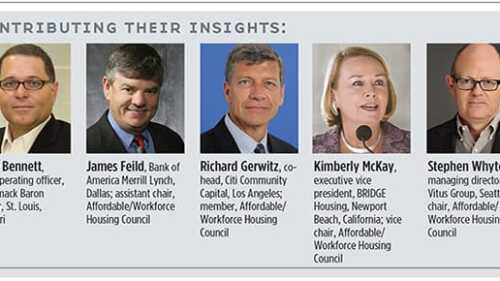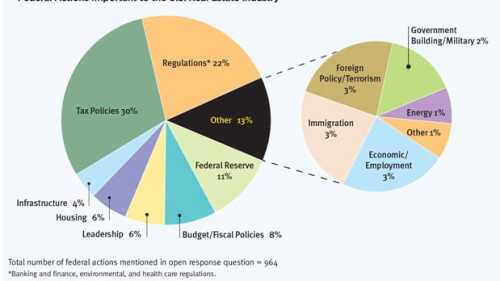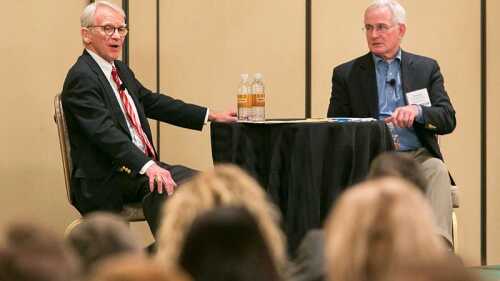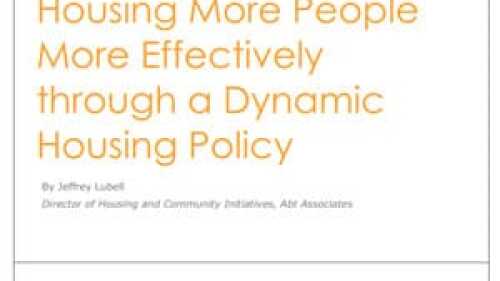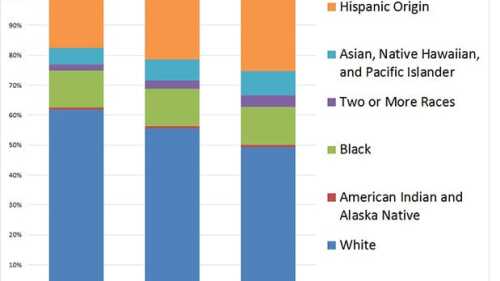Industry Sectors
A transformative residential development capitalized on old rail-yard land in the heart of the city.
Experts on affordable housing and members of ULI’s Affordable/Workforce Housing Council discuss how to make affordable housing less costly to build and more supportive for residents.
Banking and finance regulations—and government gridlock—are other top concerns voiced by survey respondents.
As he completes his tenth term as Charleston, South Carolina’s mayor—and his 40th year in office—Joseph P. Riley Jr. could speak only of all that he has left to do and how little time he has to do it.
As U.S. home prices have bounced back, activists, advocates, and community developers have struggled to make housing more affordable.
The design quality of affordable housing can have a substantial positive effect on both residents and the surrounding community.
Six years after a deadly heat wave, Melbourne has adopted climate-change policies which include an initiative to do what might seem impossible: to reduce the central city’s average temperature by 7 degrees Fahrenheit (4 degrees Celsius) by 2030.
The big housing news of 2015 so far has been the Obama administration’s announcement that the Federal Housing Administration (FHA) will reduce the annual premiums new borrowers pay for FHA-insured home mortgage loans by 50 basis points—a half percentage point. But what impact will that have on affordability?
From 1971 to 2008, only five states passed legislation enabling land banks; but in the last six years, another eight have done so. As vacancies and blight have plagued parts of the United States still recovering from recession and the mortgage foreclosure crisis, so too has land banking grown. There are now some 120 land banks and land-banking programs in 13 states, with West Virginia joining the list in 2014.
The United States is undergoing a “pivotal period of demographic change” that will be as important to the 21st century as the baby boom was to the 20th century, according to William H. Frey, demographer for the Brookings Institution and author of Diversity Explosion: How New Racial Demographics Are Remaking America.


